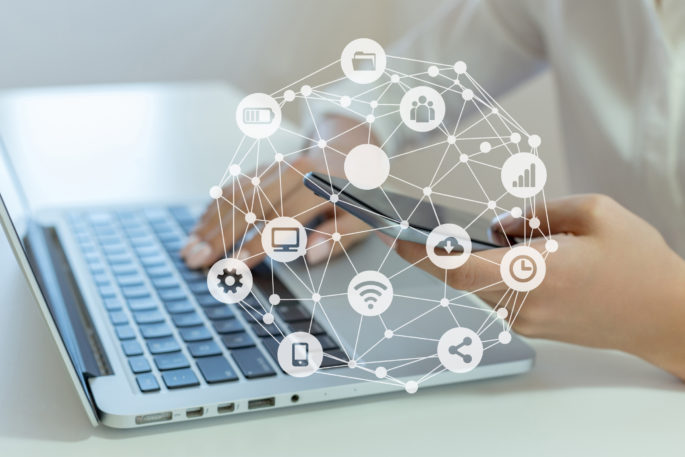Customers want to talk to you. Are you ready to have conversations where they want to have them?
Maybe not, according to new research.
Customers say they’re frustrated with online help, and still prefer email to communicate.
“Experiences that many businesses are providing no longer align with customer expectations.” “Today’s buyers expect to find what they’re looking for now, not later. As we prepare for the future, it will be more important than ever for businesses to be available across a broad spectrum of channels, and to make sure you’re communicating the way people prefer to communicate.”
Online help frustrations
First, here’s what frustrates customers most when they’re looking for help online:
- getting answers to simple questions
- trying to navigate complex websites, and
- trying to find basic details about a businesses (as simple as hours of operation and a phone number!)
Bottom line, “people can’t find the information they’re looking for quickly and easily,” researchers said.
Customers rely heavily on email
These issues lead customers to what they say is a reliable, consistent (and once predicted to be dead) channel: email.
In fact, the use of email to communicate with companies has grown more than any other channel, the Drift study found. One-third of those surveyed said they use email more frequently in the past year when working with businesses. And 45% say they use email to get in touch with customer service as much as ever.
Second favorite channel for help: the old-fashioned telephone!
6 tips to improve email customer service
Since email is still the top demand for customers who need help, try these six tips to keep yours strong:
- Be quick. Customers use email for help because they expect it to be personal and timely. Post the hours (if it’s not 24) customer service is available to respond within 30 minutes. Create immediate automated responses that include the time someone will respond (again, ideally within 30 minutes).
- Restate the details of customers’ questions, comments or concerns prominently in your responses. If there’s a product name, use it – not a number or description. If they reference dates or situations, confirm and restate them.
- Fill the gap. If you can’t give customers final answers or resolve issues fully, tell them when you’ll follow up with an update on progress.
- Give customers an easy out. If you sense urgency or major concern in an email, offer your number or a call from you for an immediate conversation.
- Do more. At minimum, your email messages will be an organized summary of important information customers need. When it’s a bigger issue, lead customers to more information: Embed urls to web pages that answer their question, plus the questions that usually follow. Make the process smoother with relevant links to FAQs, videos, social media and chat rooms.
- Be consistent. Make sure the design, style and tone of your messages match other sales, service and marketing material. It seems like a simple thing, but an awkward, auto-response with no connection to the brand will make customers wonder if they’re really dealing with a person.
Resource: Adapted from Internet
Post time: Jun-16-2022





